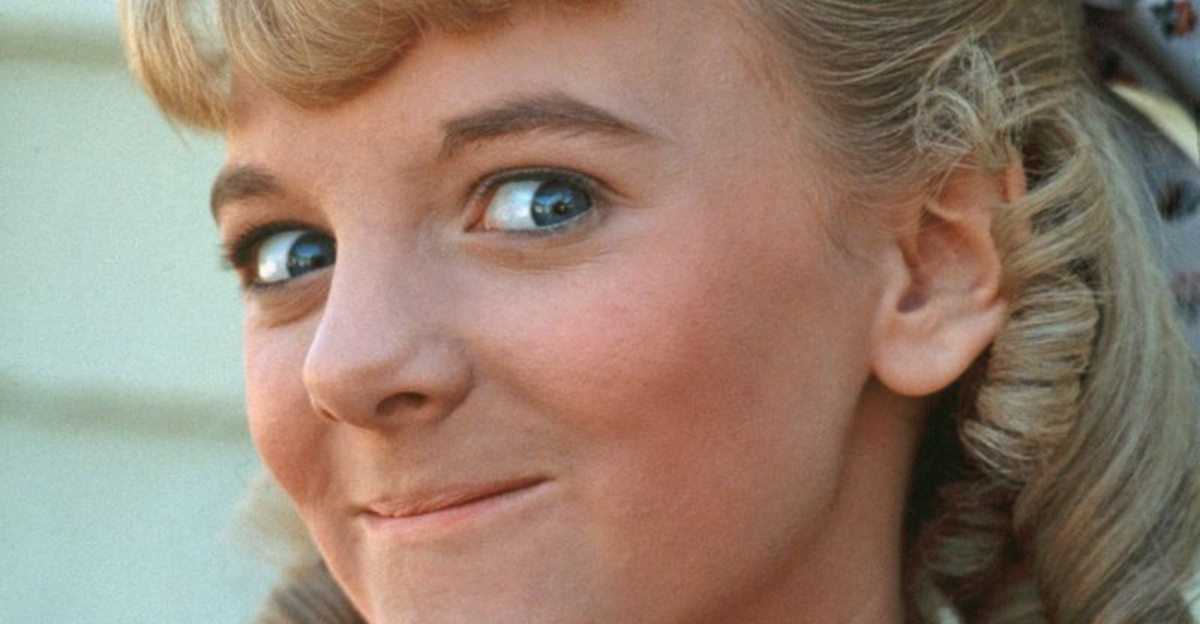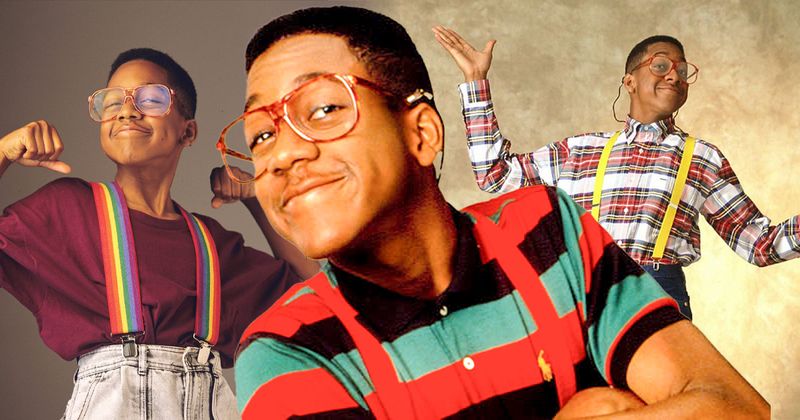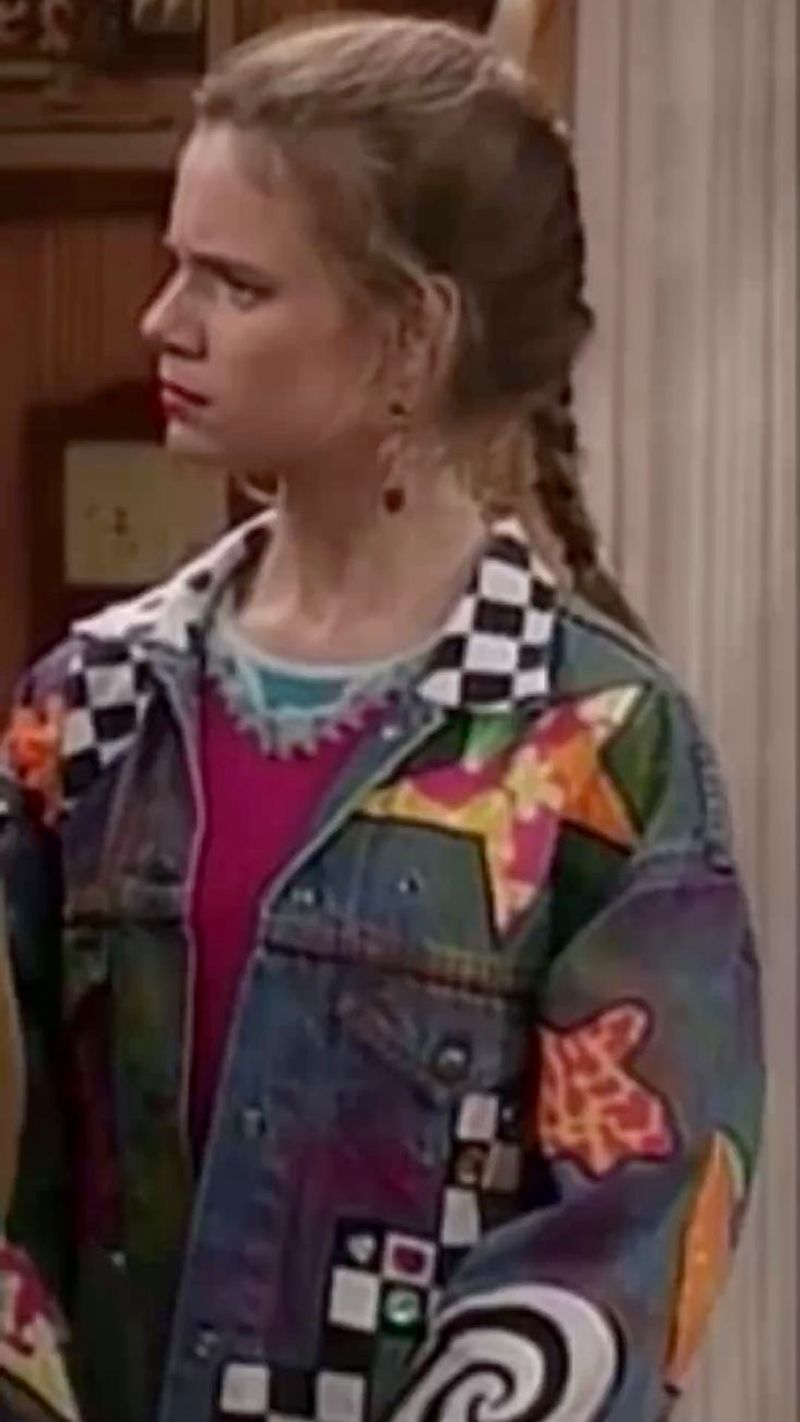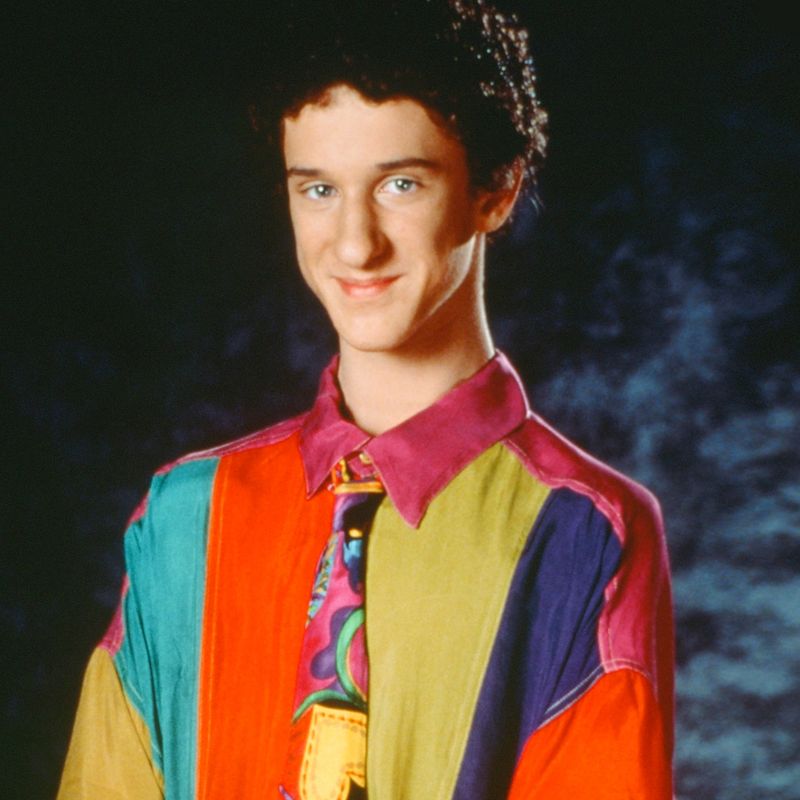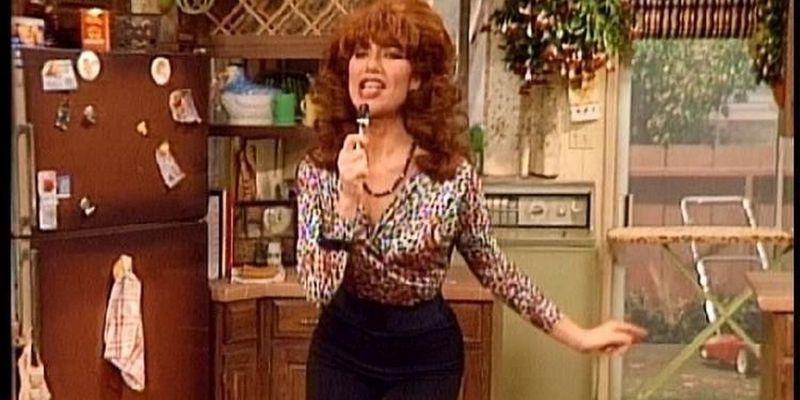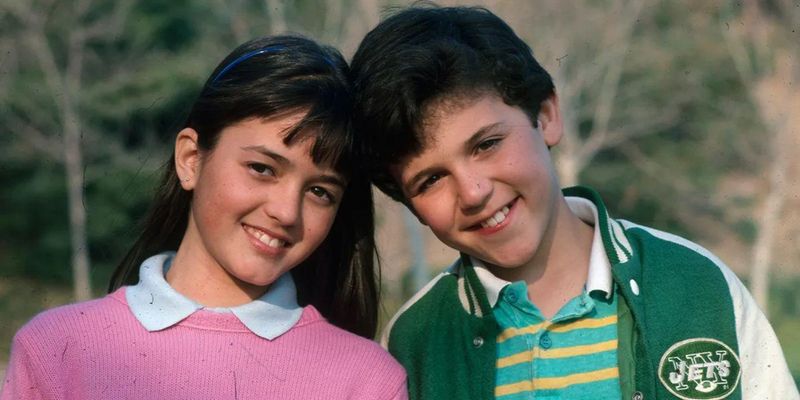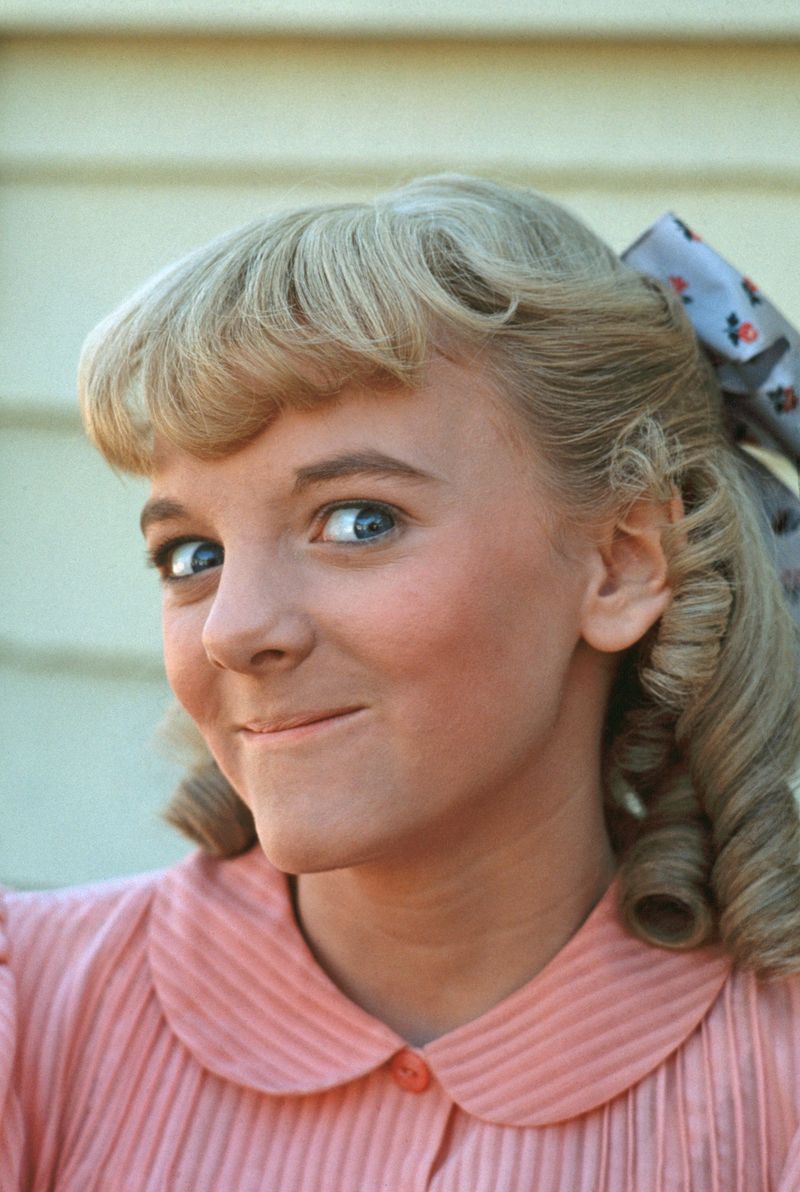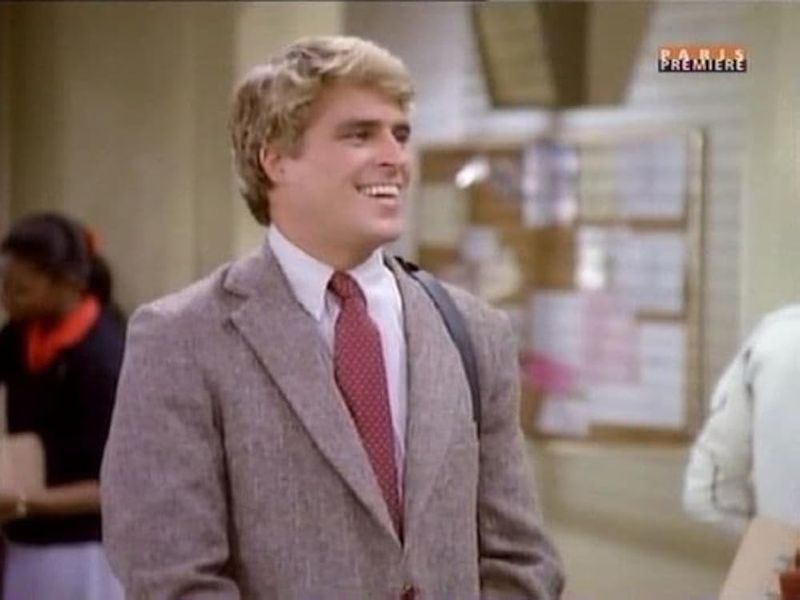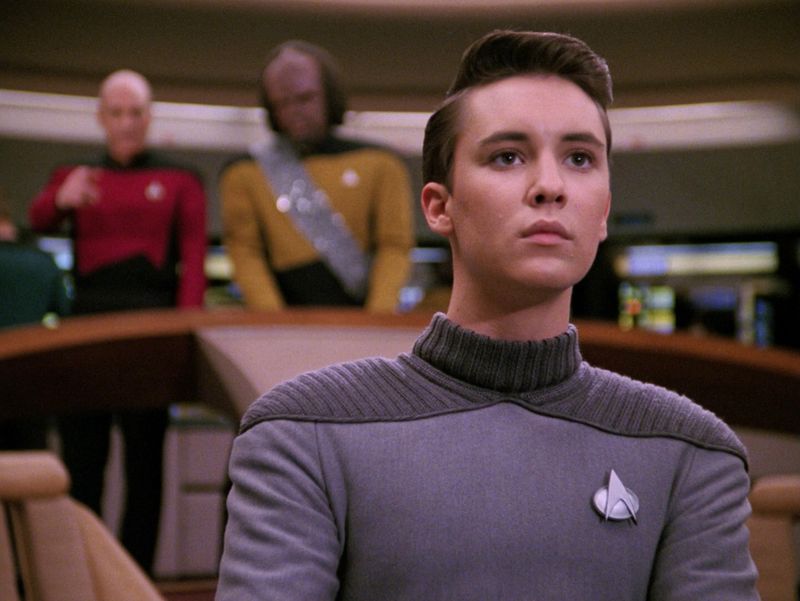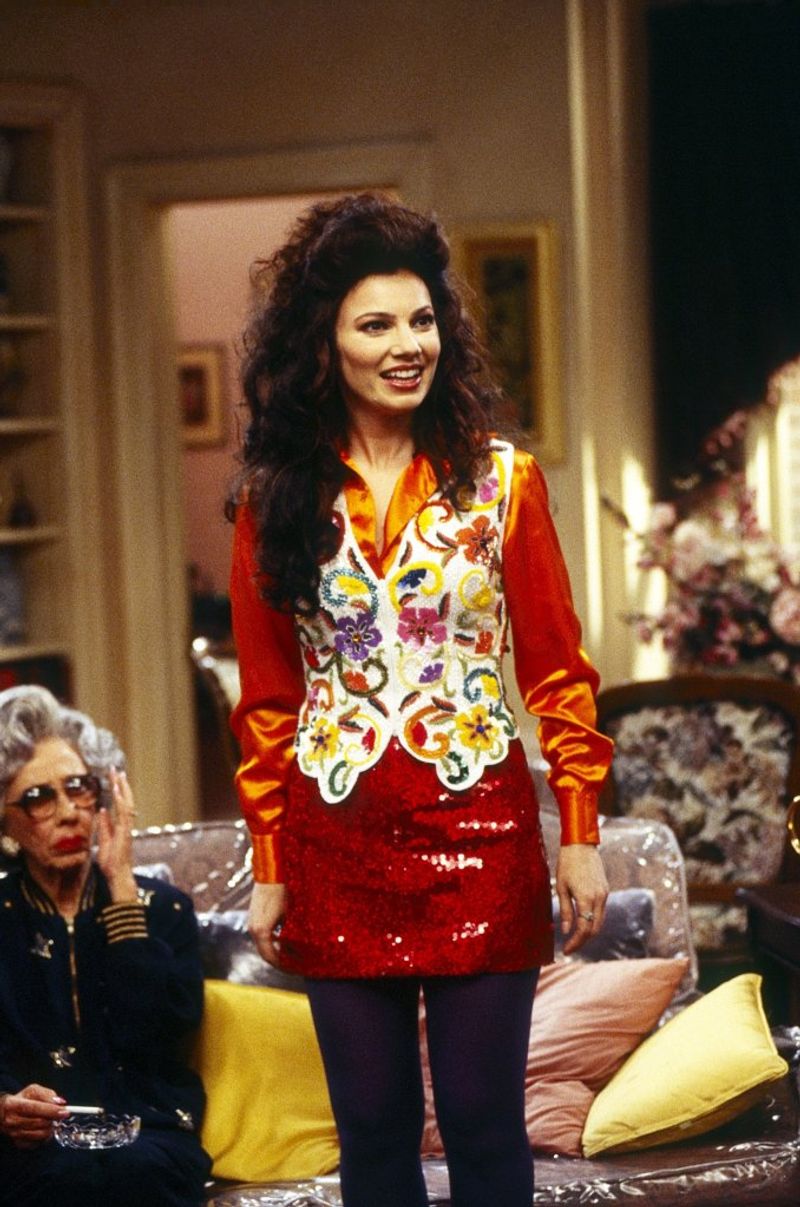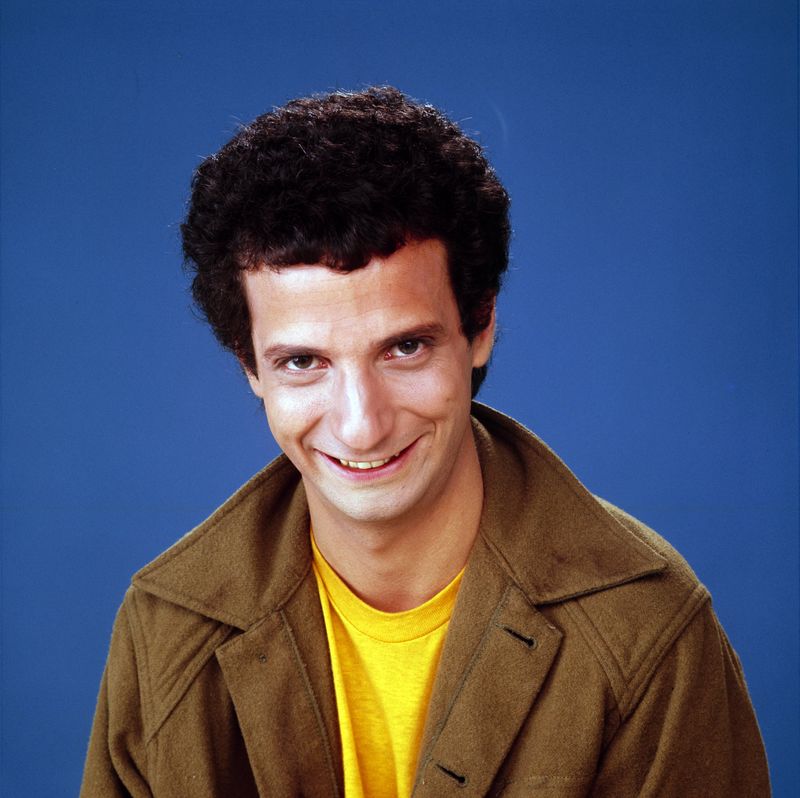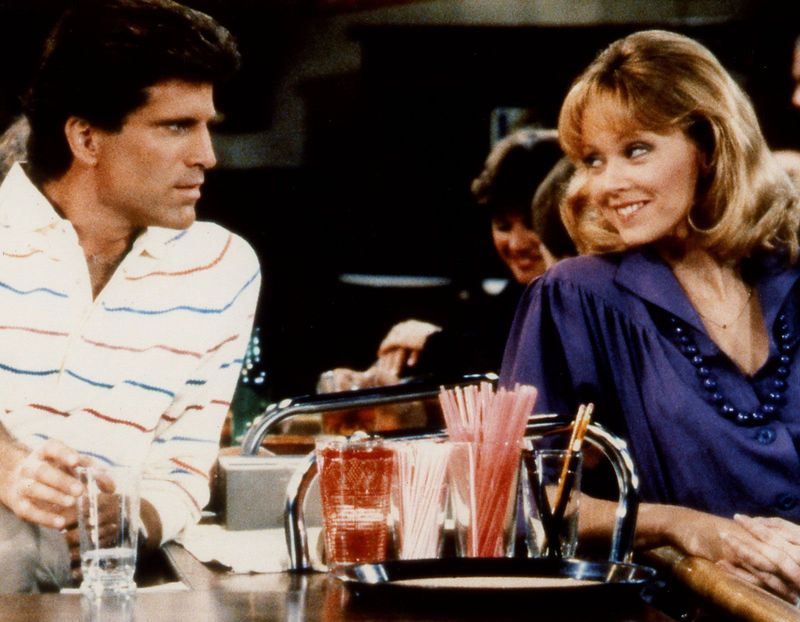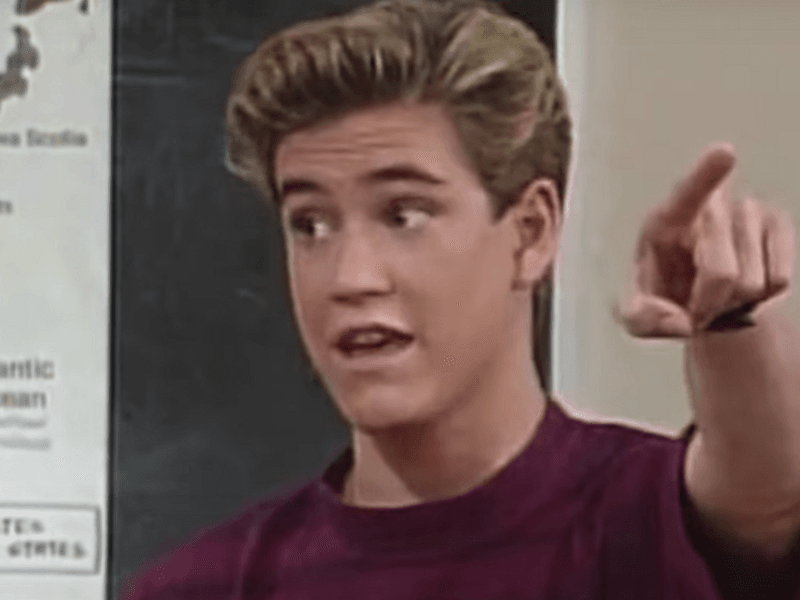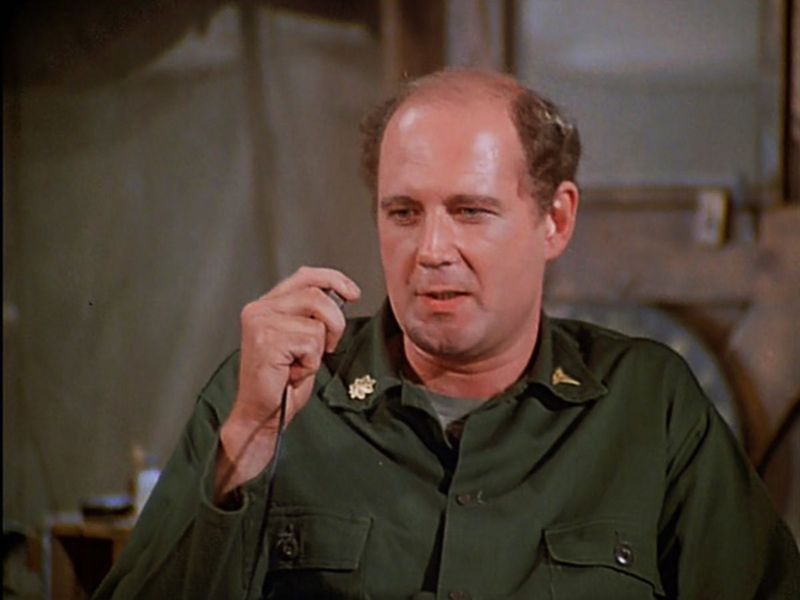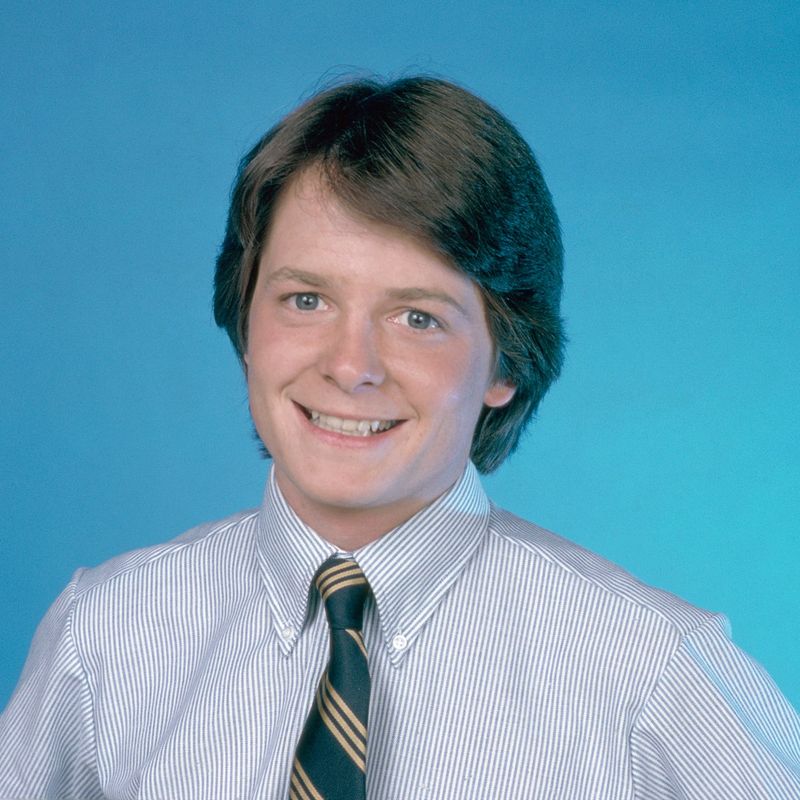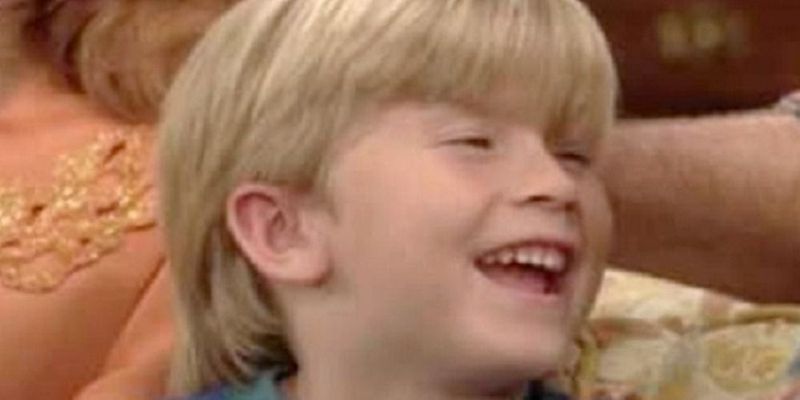The 1980s gave us some of TV’s most iconic shows—but also some of its most infuriating characters. From whiny teens to obnoxious neighbors, these figures made us groan every time they appeared on screen. Get ready for a nostalgic (and cathartic) look at the ’80s TV characters we loved to hate!
1. Steve Urkel – Family Matters
The nerd who transformed from guest star to series lead with his nasal catchphrase “Did I do that?” Jaleel White’s suspender-wearing, cheese-loving neighbor became both Family Matters’ saving grace and its greatest annoyance. Urkel’s relentless pursuit of Laura Winslow bordered on stalking, while his clumsy antics predictably destroyed the Winslow home weekly. His character spawned countless merchandise items and even a cereal. Strangest of all? The show originally centered on a middle-class Black family’s everyday life until Urkel hijacked the entire premise, eventually creating alter-egos and sci-fi inventions that felt wildly out of place.
2. Kimmy Gibbler – Full House
Walking fashion disaster and boundary-ignoring best friend, Kimmy Gibbler barged into the Tanner household without knocking and never took a hint. Andrea Barber’s character became synonymous with teenage cluelessness and smelly feet jokes. The Tanners’ next-door nightmare wore neon spandex, mismatched patterns, and hairstyles that defied gravity. Her loud personality matched her wardrobe choices, making every scene she entered an exercise in viewer patience. What made Kimmy truly unbearable wasn’t just her quirks, but how the entire family openly insulted her while she remained oblivious. Even kind-hearted Danny couldn’t hide his disdain for DJ’s best friend.
3. Screech Powers – Saved by the Bell
The ultimate try-hard nerd with a voice that could shatter glass. Dustin Diamond’s portrayal of Samuel “Screech” Powers inflicted a character so grating that even the actor grew to resent his own role. Screech’s unrequited crush on Lisa Turtle manifested in awkward attempts at romance that crossed into harassment territory. His robotic companion Kevin and bizarre science experiments existed solely to create predictable disaster scenarios. Behind his annoying façade lay something more tragic: a character designed as the perpetual butt of jokes, never allowed dignity or growth. Screech remained frozen as a one-dimensional stereotype while his friends matured, making his antics increasingly uncomfortable to watch.
4. Peggy Bundy – Married… With Children
The bouffant-sporting, bon-bon eating housewife who elevated laziness to an art form. Katey Sagal’s Peggy Bundy flaunted tight leopard prints and towering heels while refusing to cook, clean, or contribute anything to family life. Her spending habits drained shoe salesman Al’s meager income on shopping sprees and salon visits. The running gag of Peggy’s complete domestic incompetence—burning water and creating inedible meals on rare cooking attempts—reflected the show’s anti-sitcom approach. What made Peggy truly cringe-worthy wasn’t her fashion choices but her unearned superiority complex. She constantly belittled Al’s career and appearance while contributing nothing herself, creating a character both entertaining and infuriating.
5. Kevin Arnold – The Wonder Years
The supposed everyman whose whining made viewers want to change channels. Fred Savage’s Kevin Arnold narrated his own coming-of-age story with an irritating blend of self-importance and victim mentality that undermined the show’s nostalgic charm. Kevin’s treatment of long-suffering friend Paul Pfeiffer revealed a selfish streak, frequently abandoning his buddy when cooler options appeared. His romantic relationship with Winnie Cooper consisted mainly of jealous tantrums and possessive behavior. Most frustrating was Kevin’s refusal to learn from mistakes. Each episode’s life lesson, eloquently delivered through adult Kevin’s narration, seemed forgotten by the next week as he repeated the same immature patterns.
6. Nellie Oleson – Little House on the Prairie
The original mean girl with blonde ringlets and a permanent sneer. Alison Arngrim’s portrayal of prairie brat Nellie Oleson tormented Laura Ingalls with classist insults and manipulative schemes that made viewers long for frontier justice. Nellie weaponized her family’s mercantile wealth against the hardworking Ingalls family. Her theatrical crying jags and false accusations consistently fooled adults while her victims suffered unfair punishments. What elevated Nellie from merely annoying to truly cringe-worthy was her mother’s enabling behavior. Mrs. Oleson’s refusal to discipline her daughter created a monster who believed her actions had no consequences—making Nellie’s rare comeuppances all the more satisfying.
7. Ted McGinley – Happy Days
The handsome interloper who signaled a show’s creative death spiral. Ted McGinley joined Happy Days as Roger Phillips, Richie’s cousin, in a desperate attempt to inject new life into the aging series—instead becoming the poster child for “jumping the shark.” Roger’s character lacked authenticity, trying too hard to replicate Richie’s appeal while adding nothing original. His forced cool-guy persona felt painfully out of sync with the show’s established dynamics. McGinley earned the unfortunate nickname “The Show Killer” after joining multiple successful series just before their cancellations. His Happy Days character embodied everything cringe-worthy about a once-great show desperately clinging to relevance through transparent casting gimmicks.
8. Wesley Crusher – Star Trek: The Next Generation
The teenage prodigy whose solutions outsmarted seasoned Starfleet officers every week. Wil Wheaton’s Wesley Crusher became the embodiment of the insufferable wunderkind trope—constantly saving the Enterprise while actual professionals stood aside. His character represented the worst of ’80s TV writing: an unrealistically perfect adolescent inserted to attract younger viewers. Wesley’s contributions to complex scientific problems strained credibility even in a sci-fi setting. The crew’s inexplicable tolerance for a teenager operating critical starship systems made Captain Picard seem incompetent by association. Even Wheaton later acknowledged the widespread hatred for his character, understanding why “Shut up, Wesley!” became fans’ rallying cry.
9. Fran Fine – The Nanny
The fashion-obsessed caretaker with a laugh that could shatter windows. Fran Drescher’s nasally Queens accent and skin-tight outfits made Fran Fine the flashy nanny that sophisticated Broadway producer Maxwell Sheffield inexplicably welcomed into his home. Her boundary-crossing behavior included constant attempts to seduce her employer and inappropriate comments around his children. Fran’s materialistic fixation on designer clothes despite perpetual money problems undermined any attempt at character depth. What pushed Fran from quirky to cringe-worthy was her one-note characterization. Every joke centered on her voice, clothes, or dating desperation, creating a character that relied on stereotypes rather than genuine humor or growth.
10. Arnold Horshack – Welcome Back, Kotter
The class clown whose distinctive laugh haunted viewers’ nightmares. Ron Palillo’s Arnold Horshack delivered the same performance in every episode: raising his hand frantically while shouting “Ooh! Ooh! Mr. Kotter!” followed by a laugh resembling a dying hyena. Horshack’s character never evolved beyond a collection of irritating tics and mannerisms. His desperate need for attention made even simple classroom scenes exhausting to watch. What made him truly unbearable was the repetitive nature of his limited repertoire. While other Sweathogs occasionally showed depth, Horshack remained frozen in his one-dimensional role—a character created solely to deliver the same punchline episode after episode until viewers could recite his lines before he spoke them.
11. Diane Chambers – Cheers
The pretentious waitress who never missed an opportunity to remind everyone of her intellectual superiority. Shelley Long’s Diane Chambers quoted obscure literature while serving beer, creating an unbearable contrast between her academic aspirations and bartending reality. Her on-again, off-again relationship with Sam Malone dragged viewers through endless cycles of romantic manipulation. Diane’s self-centered perspective turned every bar situation into an opportunity for personal drama. What made Diane truly insufferable was her inability to recognize her own hypocrisy. She criticized others’ flaws while remaining blind to her narcissism and elitism. Carla’s open hostility toward Diane became the audience’s vicarious outlet for frustration with this maddening character.
12. Zack Morris – Saved by the Bell
The fourth-wall-breaking schemer whose charm masked genuine sociopathy. Mark-Paul Gosselaar’s blonde-haired teen idol could freeze time to explain his latest manipulation directly to viewers, normalizing selfish behavior as harmless fun. Zack’s treatment of friends as disposable pawns in his schemes revealed a disturbing lack of empathy. He regularly exploited Screech’s loyalty, objectified Kelly and other female students, and undermined authority figures without consequences. The show’s framing of Zack as the aspirational cool kid sent problematic messages to young viewers. His actions—selling revealing photos of girls without consent, creating fake IDs, and sabotaging others’ achievements—would qualify as criminal in real life but were presented as lovable mischief.
13. Charles Winchester – M*A*S*H
The Boston-bred surgeon whose superiority complex made even Frank Burns seem humble by comparison. David Ogden Stiers’ Major Charles Emerson Winchester III arrived at the 4077th with classical records, gourmet food, and an insufferable accent that emphasized his Harvard education. Winchester’s constant reminders of his surgical prowess—”I do one thing at a time, I do it very well, and then I move on”—undercut any sympathy for his character. His condescension toward the enlisted personnel crossed from comical to cruel. What made Charles truly grating was the show’s insistence on occasional “humanizing” moments that never stuck. Each glimpse of vulnerability was immediately followed by renewed snobbery, creating a character whose growth always reset to zero.
14. Alex P. Keaton – Family Ties
The Reagan-worshipping teenager whose conservative politics became his entire personality. Michael J. Fox’s portrayal of Alex P. Keaton turned capitalist obsession into a character trait, complete with suit-wearing and Wall Street Journal-reading at the breakfast table. Alex’s money fixation and dismissal of his parents’ hippie values might have been funny occasionally, but became one-note as episodes progressed. His treatment of women as conquests rather than equals aged particularly poorly. The show’s insistence on making Alex simultaneously insufferable and the breakout star created cognitive dissonance for viewers. His smug certainty about complex issues he barely understood made him the original “well, actually” guy—mansplaining economics to adults while still living rent-free in his parents’ home.
15. Seven – Married… With Children
The random child who appeared from nowhere and disappeared just as mysteriously. Shane Sweet’s Seven became the poster child for desperate “add a cute kid” casting decisions, arriving as Peggy’s cousin’s son with no explanation and zero character development. Seven’s addition to the Bundy household contradicted the show’s established dynamic of parents who barely tolerated their existing children. His saccharine presence in an otherwise cynical comedy created tonal whiplash for viewers. The producers eventually acknowledged their mistake by simply pretending Seven never existed. The character vanished without explanation midway through season seven—not even mentioned by the family again. This awkward handling made Seven the most cringe-worthy example of failed ’80s TV retooling.
